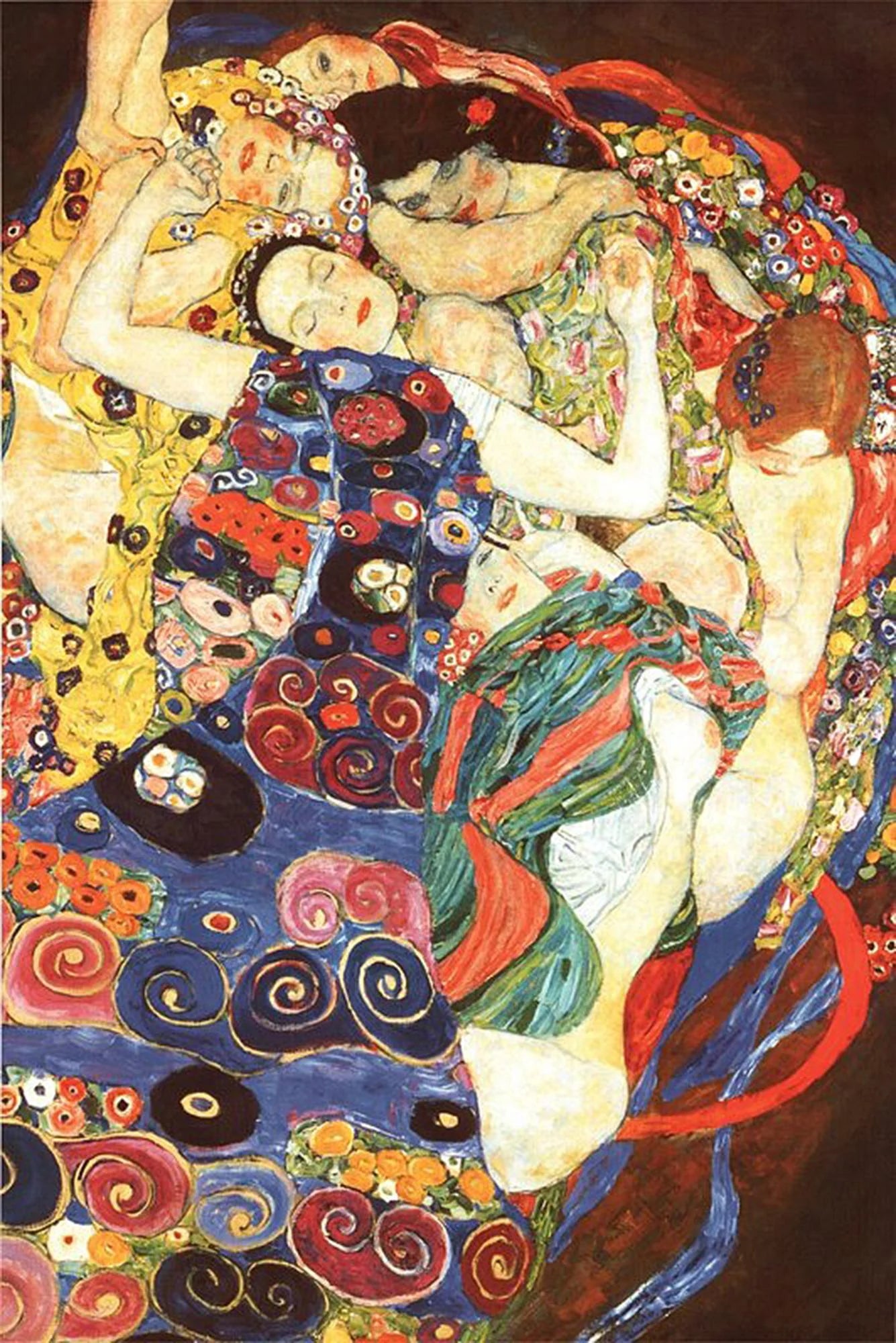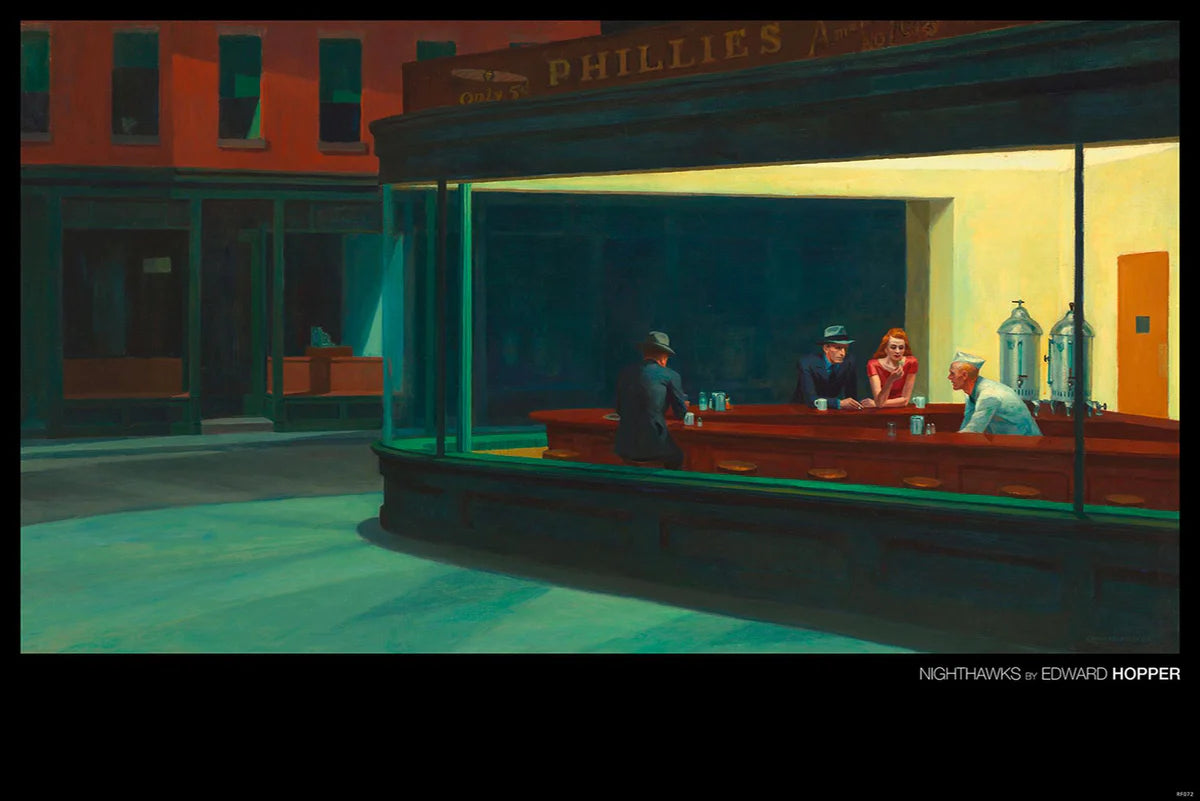Gustav Klimt was one of the most important Austrian artists of the late 19th and early 20th centuries. He was particularly known for his unique paintings, which were often influenced by Symbolism and Art Nouveau. One of his outstanding works is the painting The Virgin (also known as The Virgin at the Sacrificial Altar), which is a remarkable display of beauty and spirituality. In this blog post, we will take an in-depth look at this work of art and explore its meaning in the context of Klimt's work.
The story of how it came about: The painting "The Virgin" was created by Gustav Klimt between 1913 and 1916. It was part of a series of three paintings he painted for the university dining room in Vienna. The other two paintings were "Jurisprudence" and "Medicine". Klimt was commissioned to create these works to represent the values and ideals of the university.
"The Virgin" features a female figure portrayed as a personified Virgin. She stands in front of a gold background typical of Klimt's style. The Virgin is surrounded by symbolic elements such as a wreath of flames and a golden ribbon around her waist. Her gaze is inward, indicating her spiritual nature. Klimt uses a mixture of gold and silver tones in this painting to create a radiant yet mysterious atmosphere.
Klimt's "The Virgin" is rich in symbolism and encourages interpretation. The figure of the Virgin can be understood as a symbol of purity, innocence and spirituality. The wreath of flames around her head could indicate her divinity or be interpreted as a sign of enlightenment. The gold ribbon around her waist could indicate the connection between mind and body.
Influences and Uniqueness: Klimt was heavily influenced by ancient and oriental art traditions, which is clearly reflected in his works. "The Virgin" shows elements of the Byzantine style as well as the Japanese ukiyo-e. Klimt's unique style, which is a fusion of Symbolism, Art Nouveau and abstract elements, makes this artwork an outstanding example of his work.
Significance and reception: "The Virgin" was highly praised by critics and audiences alike. It embodies Klimt's ability to portray emotional and spiritual themes in an aesthetically pleasing manner. The painting is a masterpiece that demonstrates the complexity of Klimt's art and his pursuit of beauty and
You can find the corresponding poster here:




Comments
quo ut ut aut perferendis odit et quidem modi impedit quia molestias culpa doloremque quod. consequatur est et voluptate quasi laborum recusandae et quia aut atque quam. esse rerum quisquam molestiae